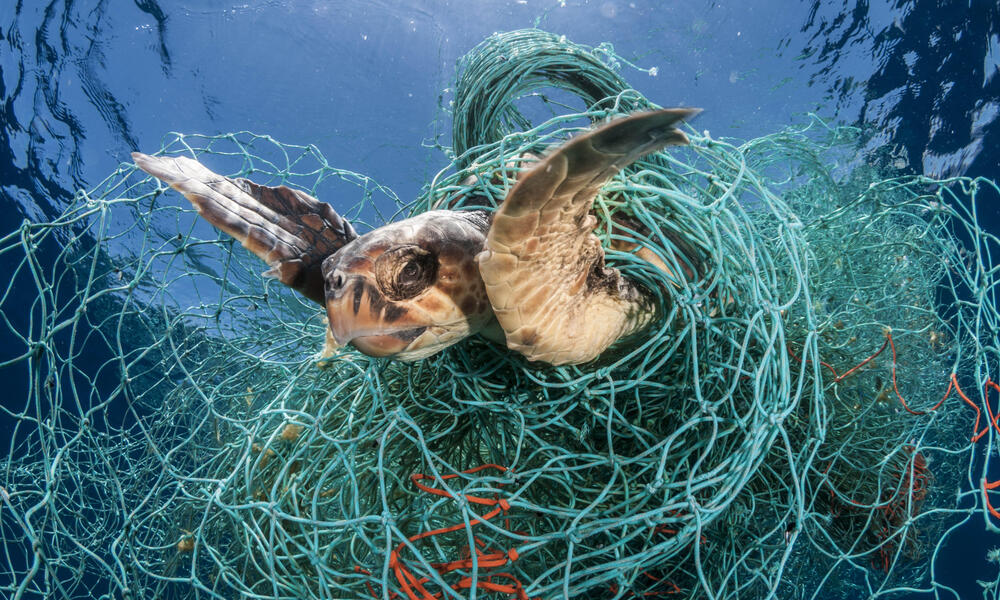Honoring Ancient Lives in a Modern World
Every year on May 23, the world pauses to celebrate one of nature’s most resilient and iconic creatures: the turtle. With a lineage tracing back over 200 million years, turtles have persisted through prehistoric eras, mass extinctions, and now the anthropogenic challenges of climate change, habitat destruction, and pollution.
While much of the conversation around World Turtle Day centers on conservation and ecosystem balance, a less-discussed but equally profound aspect is the contribution of turtles to the field of medicine.
Beyond their hard shells and deliberate movements lies a biological marvel that has intrigued scientists and researchers across generations.
From insights into longevity to the discovery of potent antimicrobial peptides, turtles have quietly contributed to medical science in ways that may one day benefit us all.
This article delves into the intricate and largely underappreciated role of turtles in modern medicine.
1. Longevity and Anti-Aging Research
Turtles are among the longest-living animals on Earth. Some species, like the Galápagos tortoise, live well over a century, and even smaller species often live several decades. Intriguingly, turtles exhibit what scientists call “negligible senescence”—a phenomenon where organisms show little or no signs of aging.
Researchers have been examining the cellular and genetic makeup of turtles to understand how they maintain organ function and stave off age-related diseases. Studies have found that turtles possess robust DNA repair mechanisms, enhanced antioxidant responses, and protective proteins that reduce cellular damage. These attributes offer potential avenues for human aging studies, particularly in understanding how to delay degenerative diseases like Alzheimer’s, cardiovascular disorders, and various forms of cancer.
2. Cancer Resistance
One of the more promising areas of turtle-related research lies in oncology. Unlike many long-lived mammals, turtles have surprisingly low incidences of cancer. This anomaly has led scientists to investigate the genetic pathways that may contribute to this resistance.

Preliminary findings suggest that turtles have unique tumor-suppressing genes and efficient apoptotic pathways (mechanisms through which damaged cells self-destruct). These discoveries are inspiring new research into cancer therapies that mimic or leverage similar genetic controls in human cells. As cancer remains one of the most formidable diseases of the 21st century, the humble turtle might just hold a key to better understanding and treating it.
3. Antimicrobial Peptides and Immune Function
The immune system of turtles is another focal point in biomedical research. Living in diverse and often unsanitary environments, turtles have evolved powerful immune responses to ward off infections. Their blood, skin, and organs contain antimicrobial peptides (AMPs)—small proteins capable of destroying bacteria, viruses, and fungi.
These AMPs are now being studied as potential alternatives to traditional antibiotics, particularly in light of the global antibiotic resistance crisis. Unlike conventional antibiotics, which bacteria can adapt to, AMPs work by disrupting microbial cell membranes, making it harder for pathogens to develop resistance. Researchers believe these compounds could serve as templates for the next generation of broad-spectrum antimicrobials.
4. Insights into Regenerative Medicine
Turtles possess a remarkable ability to heal and regenerate their shells, a feature composed of bone and keratin. This regenerative capability is of significant interest to orthopedics and regenerative medicine.
By studying how turtles repair shell damage, scientists are learning more about the molecular and cellular processes involved in bone growth and healing. Such research has potential implications for treating human bone fractures, developing synthetic bone grafts, and even improving the design of bio-compatible implants.
Additionally, turtles exhibit resilience to spinal and nerve injuries. Some species show partial regeneration of nerve tissues, an area of active research that could inform treatments for spinal cord injuries in humans.
5. Environmental Toxicology and Public Health
Due to their long lifespans and slow metabolisms, turtles are excellent bioindicators of environmental health. They accumulate heavy metals, pesticides, and other pollutants over time, making them valuable subjects for toxicology studies.
Medical researchers and public health experts use turtle tissue samples to assess the impact of long-term exposure to environmental toxins. These findings help in formulating guidelines for human health, particularly for communities reliant on aquatic ecosystems for food and water. Moreover, such studies contribute to the broader field of environmental medicine, which examines the connections between human health and our natural surroundings.
6. Traditional Medicine: Ethical Concerns and Scientific Scrutiny
In various cultures, turtles have been used in traditional medicine for centuries. Turtle shell, blood, and even organs have been employed in remedies for ailments ranging from asthma and epilepsy to fertility issues and skin conditions.
However, modern science generally does not support the efficacy of these treatments. Moreover, the exploitation of turtles for traditional medicine poses significant ethical and conservation challenges. Researchers and conservationists advocate for evidence-based medical practices while respecting cultural beliefs, urging communities to seek alternatives that do not endanger turtle populations.
7. Biomedical Engineering and Biomechanics
The unique structure of the turtle shell has inspired innovations in biomedical engineering. Its combination of strength, flexibility, and protection serves as a model for developing advanced prosthetics, orthopedic supports, and even body armor for healthcare workers in high-risk environments.
Biomechanical studies of turtle locomotion have also provided insights into improving mobility aids and rehabilitation technologies for people with physical impairments. The turtle’s efficient gait and balance mechanisms are being mimicked in robotics and prosthetic limb development.
8. Genetic Research and Evolutionary Biology
The turtle genome holds keys to understanding evolutionary biology and developmental genetics. By mapping turtle DNA, researchers are gaining insights into vertebrate evolution, particularly the development of unique structures like shells and the mechanisms of sexual differentiation.
These genetic studies have broader applications in genetic engineering, congenital disorder research, and understanding the molecular basis of developmental anomalies in humans.
9. Educational and Therapeutic Applications
Beyond laboratory research, turtles play an important role in therapy and education. Turtle-assisted therapy is emerging as a tool for emotional and psychological support, particularly for children and individuals with special needs. Interaction with turtles has been shown to reduce anxiety, improve social interaction, and provide sensory stimulation.
Educational programs featuring turtles help foster interest in biology, conservation, and health sciences among students. These initiatives not only contribute to medical literacy but also instill respect for biodiversity and the potential of nature-inspired innovation.
Conclusion: Celebrating a Silent Contributor
As we celebrate World Turtle Day, it is crucial to expand our appreciation beyond the ecological and into the medical realm. Turtles are more than ancient reptiles navigating land and sea; they are biological assets offering clues to some of medicine’s most pressing questions. From combating antibiotic resistance and cancer to informing regenerative therapies and environmental health, turtles continue to be silent contributors to human well-being.
However, their survival is increasingly threatened by habitat destruction, climate change, pollution, and illegal trade. Protecting turtles is not just an ecological responsibility; it is a scientific imperative. Every step toward turtle conservation is also a step toward medical discovery and innovation.
So today, as we honor these extraordinary creatures, let us also champion efforts to preserve them,
]'[for the sake of our planet and our health. Their shell may be hard, but their contributions to medicine are deeply felt and soft-spoken, reminding us that sometimes, the slowest movers leave the deepest impact.

